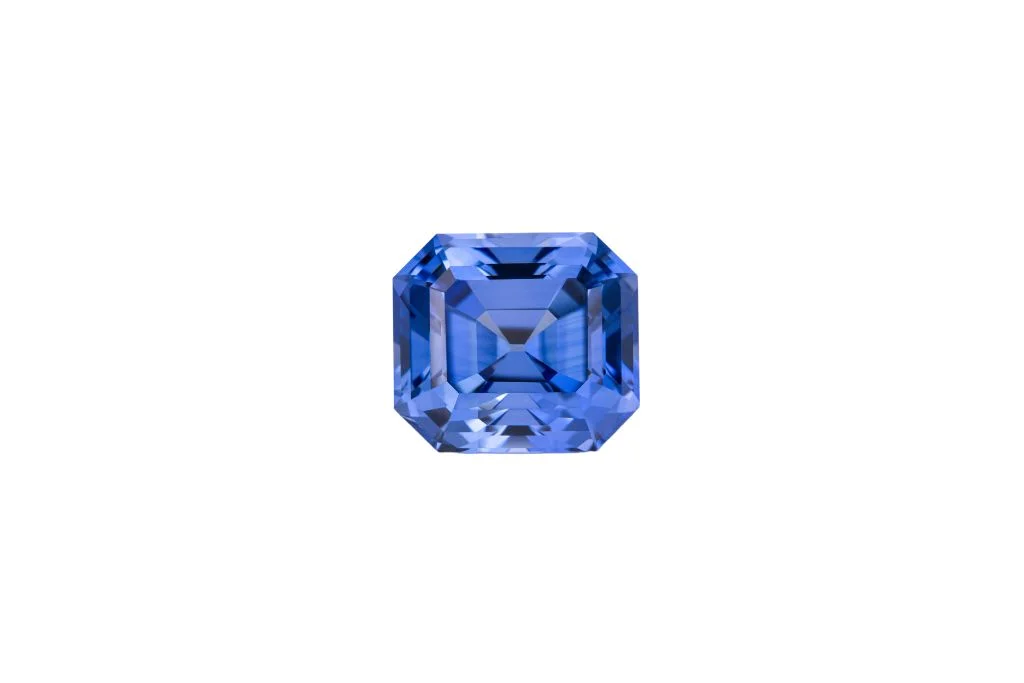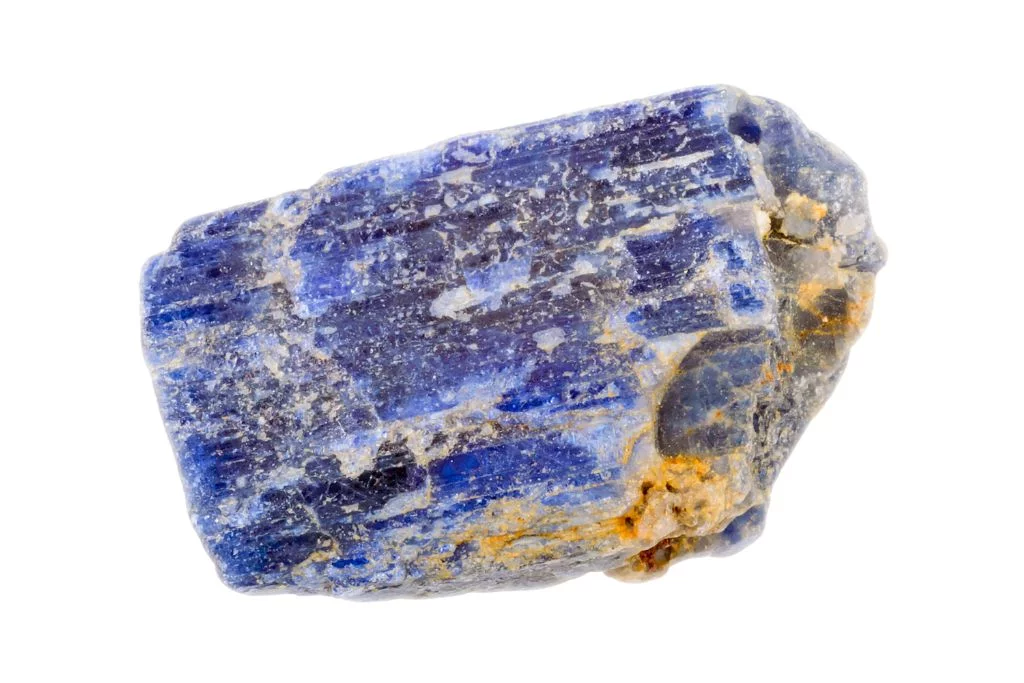Color and Hue
Blue sapphires are renowned for their striking blue color, which can range from a pale sky blue to a deep, rich navy. The most prized specimens exhibit a vivid, saturated blue hue often described as “cornflower blue.” This coveted color is caused by the presence of iron and titanium within the crystal structure. Some blue sapphires may display subtle hints of violet or green, adding depth and complexity to their appearance.
Crystal Structure
As a variety of the mineral corundum, blue sapphires possess a hexagonal crystal system. They typically form as barrel-shaped hexagonal crystals or flat tabular hexagonal crystals. The crystal structure of sapphires contributes to their exceptional hardness, ranking 9 on the Mohs scale, second only to diamonds in terms of natural mineral hardness.
Optical Properties
Blue sapphires exhibit strong pleochroism, meaning they can display different colors when viewed from different angles. This optical phenomenon can result in the stone appearing darker blue, lighter blue, or even greenish-blue depending on the viewing angle. Additionally, many blue sapphires possess asterism, a star-like optical effect caused by the presence of rutile needle inclusions within the crystal.
Unique Features
One of the most distinctive characteristics of blue sapphires is their ability to retain their color under various lighting conditions. Unlike some gemstones that may appear different under natural and artificial light, blue sapphires maintain their vibrant blue hue consistently. Furthermore, some blue sapphires contain small inclusions known as “silk,” which can enhance the stone’s value by proving its natural origin and contributing to the coveted velvety appearance highly prized by collectors and enthusiasts.
Historical and Cultural Significance of Blue Sapphire
Blue sapphire has been revered throughout history for its striking beauty and perceived powers. Ancient Persians believed the Earth rested on a giant sapphire, which gave the sky its blue color. In medieval Europe, royalty and clergy wore sapphires as symbols of heaven and divine favor. The gem has adorned crowns, scepters, and religious artifacts across many cultures, cementing its status as a stone of nobility and wisdom.
Metaphysical Associations
In metaphysical circles, blue sapphire is associated with the throat chakra and is believed to enhance communication, self-expression, and inner peace. It is thought to promote mental clarity, intuition, and spiritual insight. Many consider sapphire a stone of prosperity, attracting financial stability and success to its wearer. The gem is also linked to loyalty, making it a popular choice for engagement rings.
Common Uses and Benefits
Blue sapphire is widely used in jewelry, from classic engagement rings to statement necklaces and earrings. In alternative medicine, it is sometimes used in crystal healing practices to alleviate headaches, reduce fever, and calm inflammation. Some believe wearing or meditating with blue sapphire can improve focus, reduce anxiety, and promote overall well-being. In industry, synthetic sapphire is used for its durability in watch crystals, scientific instruments, and high-tech applications.
Traditional and Modern Applications
Traditionally, blue sapphire was used as a talisman for protection against evil and negative energies. It was also believed to bring good fortune and ward off illness. In modern times, while still appreciated for its beauty in jewelry, blue sapphire has found new applications in technology. Its hardness and optical properties make it valuable in LED manufacturing, smartphone screens, and even in creating durable windows for high-pressure environments like spacecraft.


